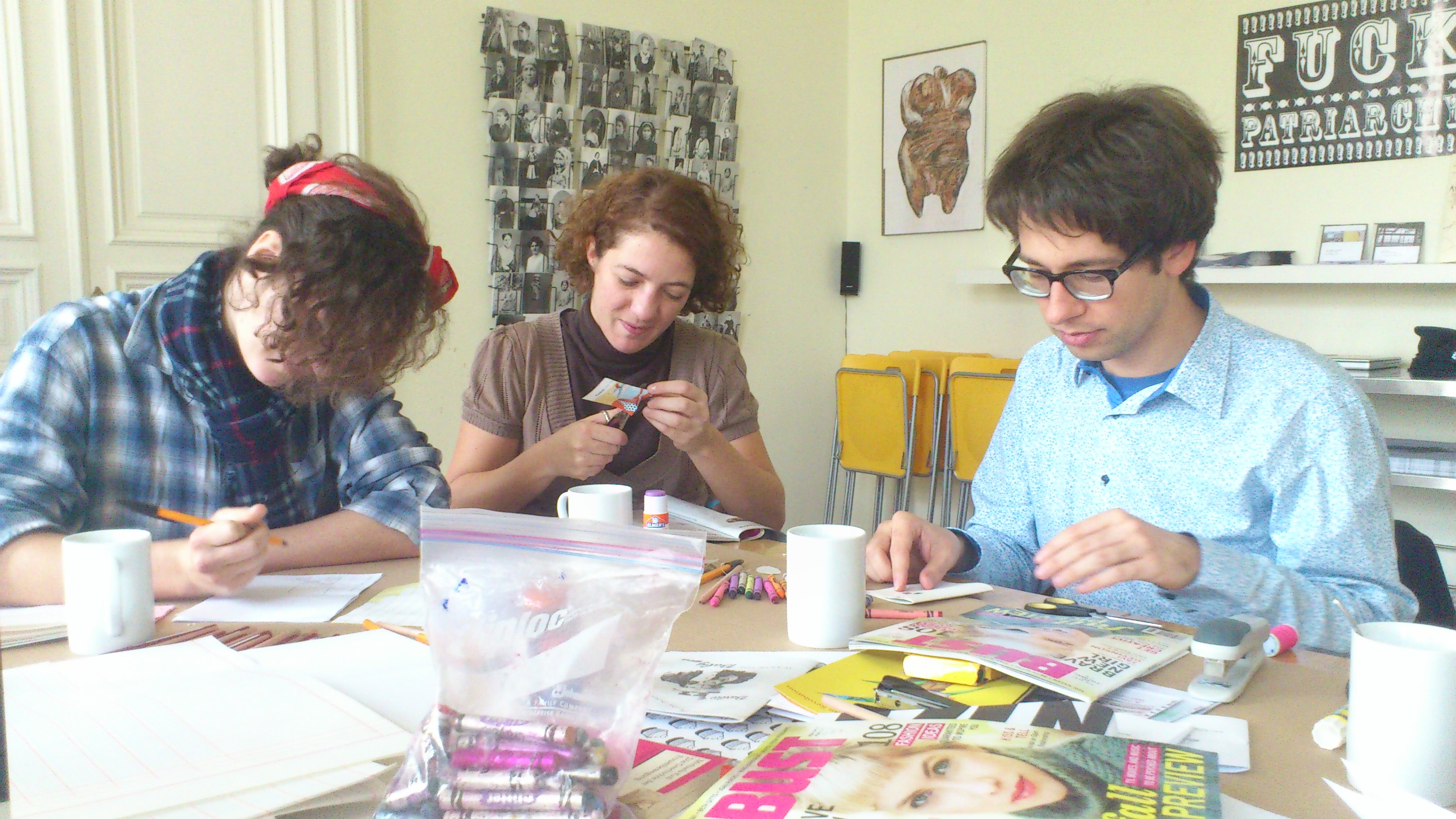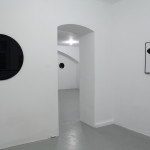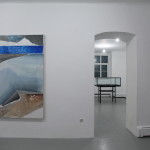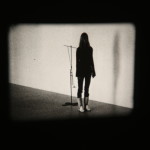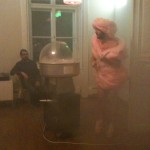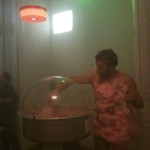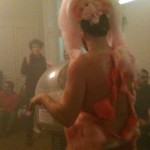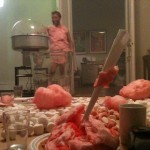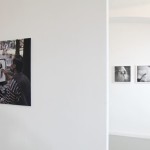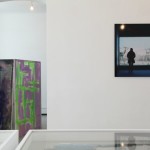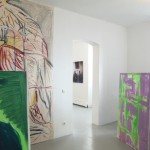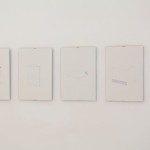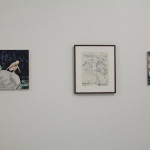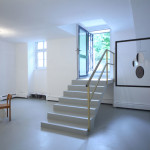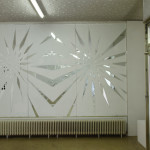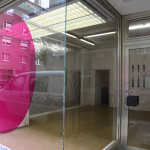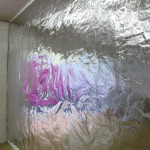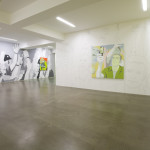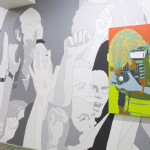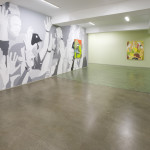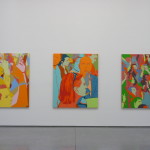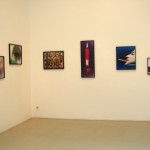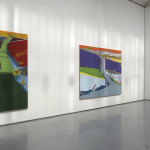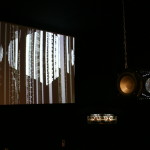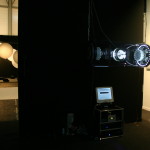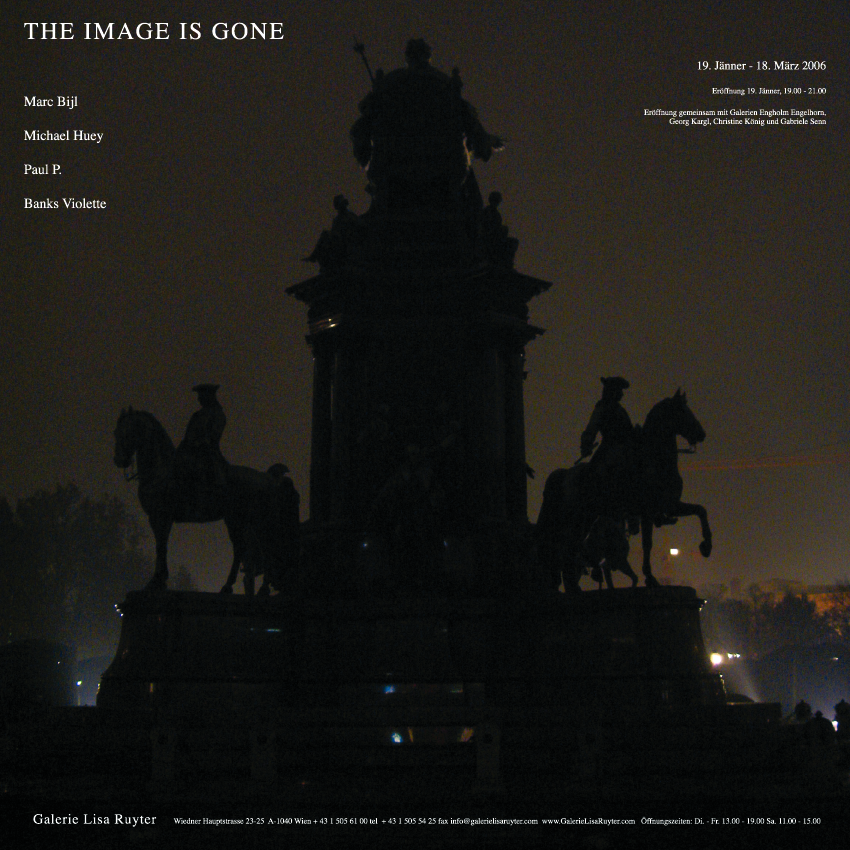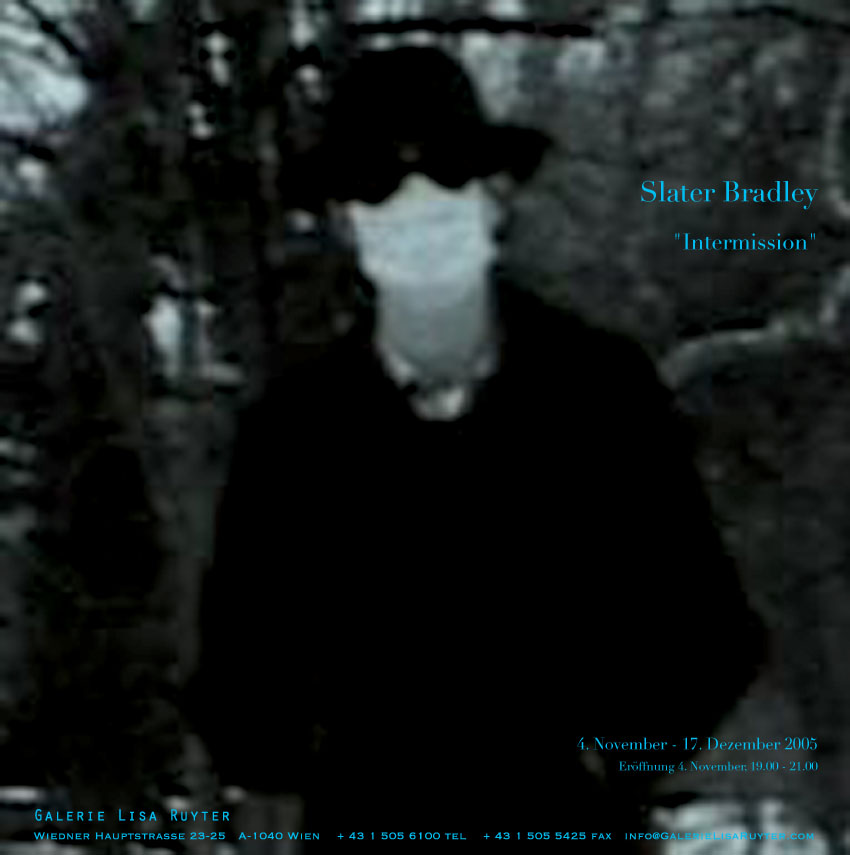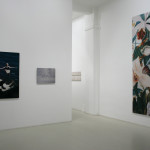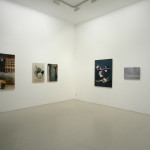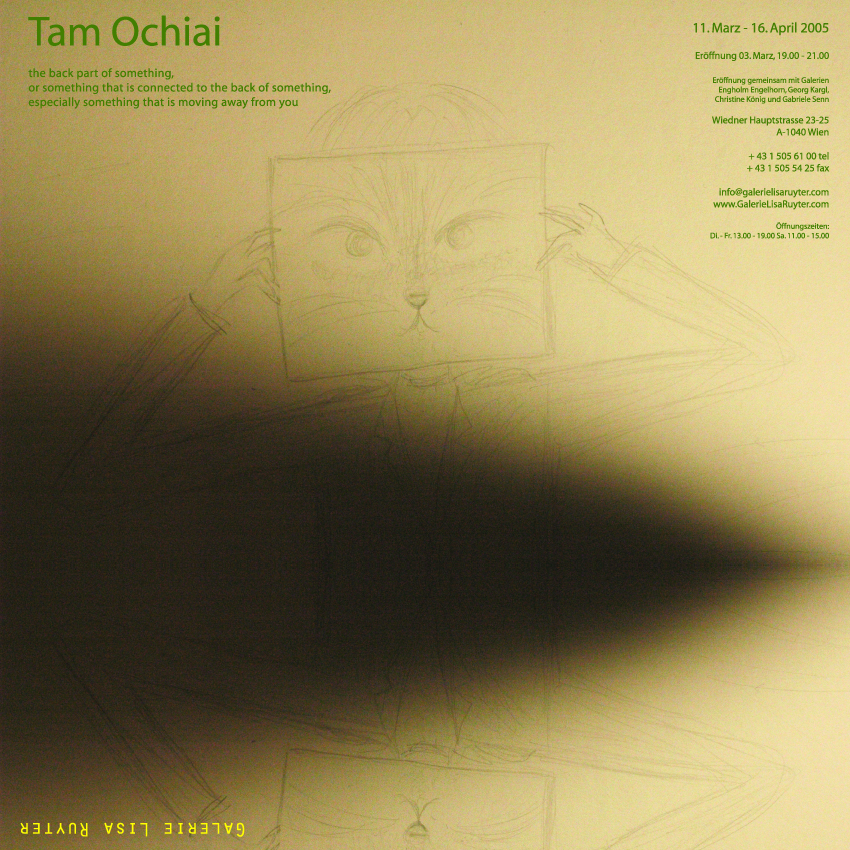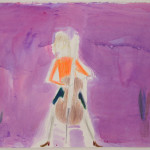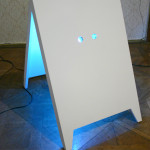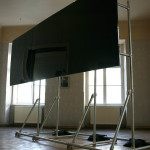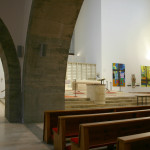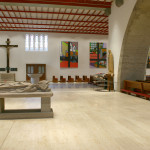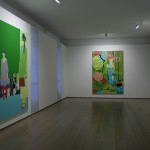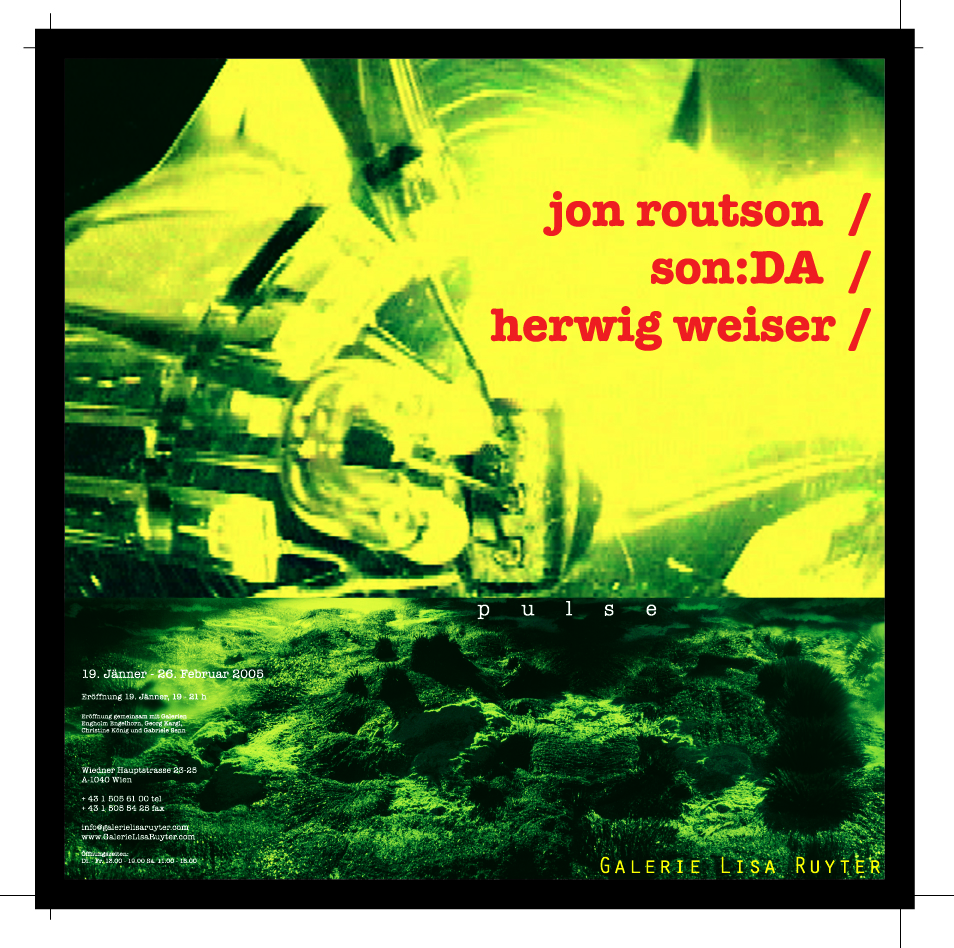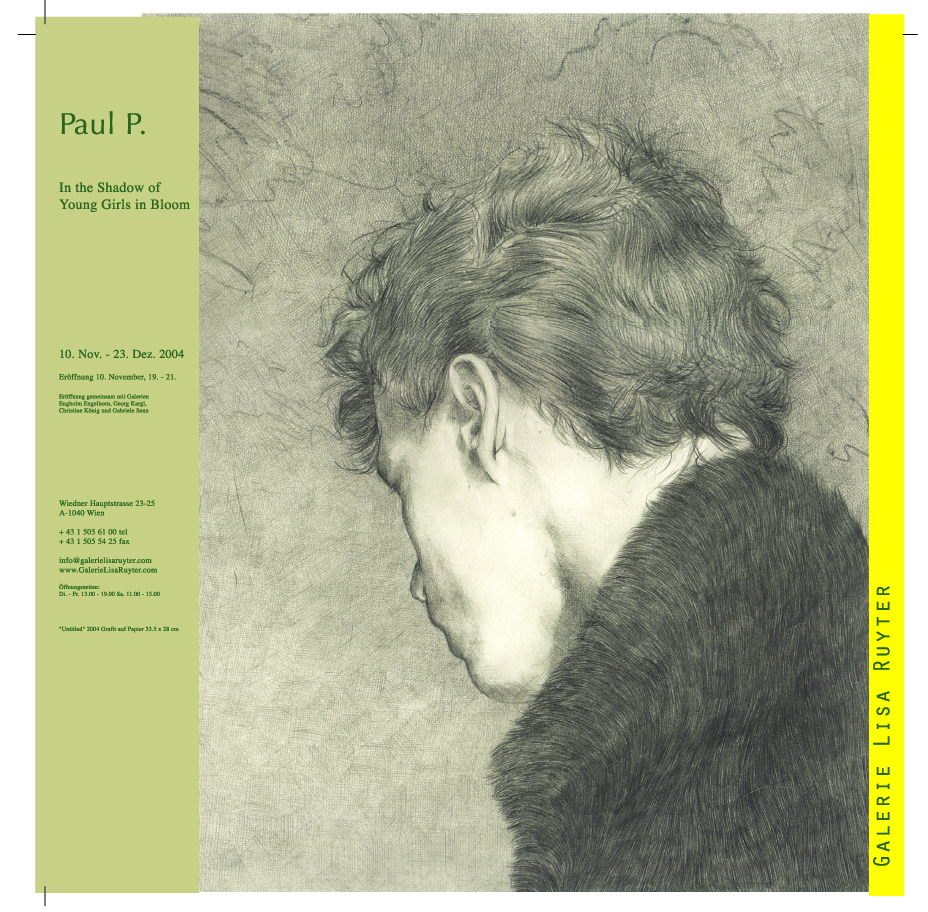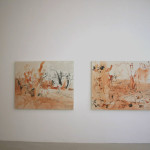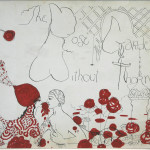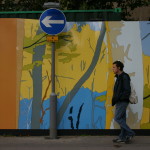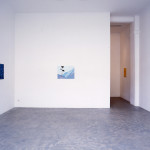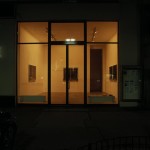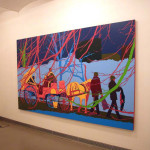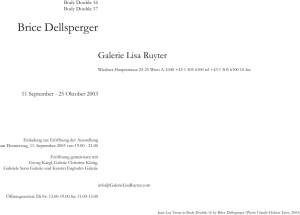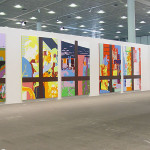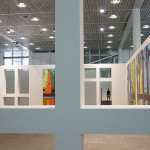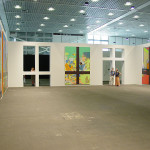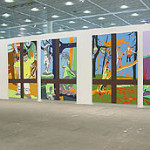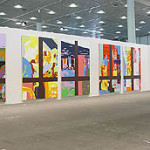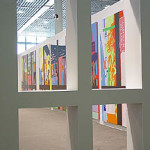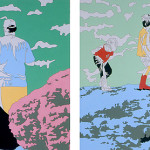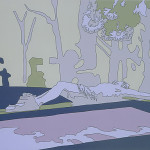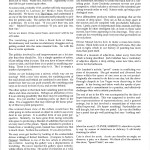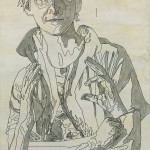Lisa Ruyter [Venice Biennale, 2013] (this is meant to be a written version of a Lisa Ruyter work)
Architecture is a stealth participant of the Encyclopedic Palace, Massimiliano Gioni’s proposal of a new, and somewhat authorless architectural form. Time, as it often does, will tell.
I will now try to perform this architecture.
The Arsenale is a great place to start. Think of it as a digestive system (but only for now). The long passage has a pretty great ending deep inside someone’s bowels.
Gioni’s narrative, as did mine, begins just after the entry of the Arsenale, where the title work of the exhibition, Marino Auriti’s “The Encylopedic Palace,” is paired with the Nigerian women’s hairstyle archive/catalog of J.D.’Okhai Ojeikere. Already a few key elements of the architecture of this exhibition are in place; personal and social identity expression and human attempts to record everything, a search for a way to frame and capture and preserve the world. The Encyclopedic Palace proposes a museum of all human knowledge, a map of the world. For now.
Nature is added to what constitutes ‘everything,’ so at the same time this old binary is noted, it is put into place in a broader sense. Chris Williams’ sinister photos of hyper-realistic artificial flowers is already an archive of an archive. Micro-macro scale shifts and continuity of ‘natural’ forms are echoed between Lin Xue and Roberto Cuoghi. The nature vs man binary has morphed into the natural vs the artificial and the hybrid is born, a queer resistance to tendencies of categorization.
Behind the walls containing Eliot Porter’s birds and Edward Spelterini’s aerial photographs of mountains and cities are two filmworks, which echo and invert something of what is on the skin of the rooms containing them.
Behind the aerial photos of mountains and cities, (an early attempt to make images capturing the world) the work by Camile Henrot includes the phrase ‘in the beginning’ bringing an arch equation of religion and creationism to the artist and anthropologist, along with quotations of contemporary use of computers in these pursuits.
Across the hall, behind the birds (nature), Neal Beloufa imagines a future present of telepathy, time compression and fantastic movements through space and time.
A tricky question is now in place regarding the difference between creation vs archiving, and with the films, representation vs narrative. Is it better to get an overview and attempt to capture everything, or can we find everything within specific objects? The location of the author begins to be determined by gesture. Gesture is a character and at this juncture, Gioni’s own gestures included.
Gioni has introduced a number of binaries, which together hint not at a blanket, or a web, but something multi-dimensional. His gestures are at times illustrative and at others performative.
Some gestures are illustrated metaphorically, rather than performed in the next room. The trees of Patrick Van Caeckenbergh, trees with human entries, tree vaginas. Human enters nature. The body-masses of Hans Josephson appear sprouted out of the material of the earth itself, perhaps the offspring of this union. Nature becomes (not yet authorless) architecture and not just a landscape.
Notably, the traditionally gendered relationship of human vs nature has been removed.
Ștefan Bertalan finds geometries in the study of plants and in the evolution of their growth. Yüksel Arsalan illustrates the various narratives in his images, describing the intersections of historical, personal and religious narratives. Time becomes an image as well, whether it is found in the growth of a single plant or in the intertwining narratives around an individual life.
Capture becomes a gesture, an odd inversion, doomed to fail at its original intentions, as all representation will. But as we understand and accept that, other possibilities emerge. Gesture becomes an integral part of this architectural form. An argument can be made that gestures are lost to this architecture, that they are images even before they happen. The idea of existing in a present moment, becomes a failure, an impossibility, as limited as any other photographic image.
And yet, somehow there is still theater.
The film projector installation by João Marcia Gusmão and Pedro Paiva is a collection/archive of gestures from an elephant grabbing a peanut to people making or assembling things, in slow motion, human and animal effort presented side by side.
Gesture does seem to be knowledge when it becomes touch. Even put to images, we can see the universe in everyday life. So how is it possible to preserve all of these gestures in an Encyclopedic Palace along with all of this other knowledge?
For the moment, there is still a human body being described by the architecture of this exhibition, a human body that navigates along these intercrossing, nostalgic, binary structures.
Phylida Barlow’s meteorites announce a darker vision that comes with the surrealism of Jakub Julian Ziółkowski. Dismemberment, disease and pathology are a kind of anti-gesture, rather than something the body does, it is something that happens to the body, at least this is true in the catalog of all biological things. Morphing and shapeshifting is not always so healthy. Now there is the diseased and the healthy body.
With Eugene von Brunchenheim paintings and photos of his wife looking blissed out or recently fucked, the psychedelic is now in place. Steve Mc Queen presents a human projection into outerspace, to some unknown other. From here, a domestic departure from the broader themes between the individual and the universe. This room occupies the binary space that was formed with the acceleration of a scientific practice called psychology. Suddenly our bodies are containers, architecture, there is inside and there is outside, with endless numbers of windows, and entries but almost no exits. Outer space is something to project to but never physically or corporeally. So now it is not just a diseased or healthy body, it is also a diseased or healthy mind determining what should or should not be added to the palace. Even our furniture becomes dysfunctional as Jessica Jackson Hutchins shows, perhaps it is morphing to our sick bodies. The healthy is now more abstract than the diseased.
This disfunction / pathology transforms Phylida Barlow’s gigantic balls into something cancerous, a scale shift. What has happened? We have tried to reach the universe, which we stopped reaching for with our bodies, by mistaking it for what goes on in our heads. We think this was done to us, it could not possibly be the result of our own movements and gestures.
There is a kind of hopelessness in the long archive video bank Kan Xuan masoleums/tombs moving snapshots animated from still photos. It seems not possible to reanimate something that was never animate. It is no surprise that there is hardly any sex for anyone so far in the palace (except perhaps for the ‘outsider artist’ Eugene von Brunchenheim and his wife.)
Danh Vo’s room shows objects and building materials containing an archive of their (colonialist?) history – a material image and a material index. (The photograms become physical material) Images, as in photographically and representationally dead images, are beginning to take material form. Nearby, Matthew Monahan attempts to recreate the human form out of similar historically imprinted ‘building’ material.
Ed Atkins film “The Trick Brain” contains footage of surrealist Andre Breton’s personal objects, which is somehow intended to describe Breton’s expanded body and at the same time describe this archive as a destructive force to that body. After dismemberment it should be no surprise to find corpses everywhere.
What is to be done about all of this? Are these pathologies something to be eradicated or is the pathology something that we are supposed to bring into our palace? If we bring it in will it infect everything else? Or will it be a grander and more perfect map of the world?
Of course many of the solutions bring with them even more problems.
R Crumb illustrates a famous story, the Book of Genesis, installed in a room surrounding the mysterious, sinisterly sweet creatures of Shinichi Sawada. Gioni is posting his own architecturally cartoonish depiction of insider-outsider literalness, in case we have not gotten the picture yet. R Crumb’s raw and deviant but socially acceptable application of this biblical story is surrounding the work of the speechless and autistic ceramicist, a circle in a square.
Rosella Biscotti literally works with the medium of imprisoned women. She appropriates their dreams and their compost in a work exhibited a short vaporetto ride away.
In the same room, transplanted Senegalese Papa Ibra Tall’s pictures and tapestries attempt to deploy color and patterning as a vehicle of national and racial identity and as an anti-colonialist statement.
Frederick Bruly Bouabec’s approach is an attempt to record everything, through the founding of his own religion, (The Order of the Persecuted!) his own language and collection of all things through notational drawings.
Arthur Bispo do Rosário made a lifetime of work interned in a psychiatric hospital. In his objects he attempts to make a record of every thought or vision.
Haroun Faroki documents people interacting with memorials, rituals by gestureless, presumably non-interned or otherwise isolated people against monuments to corpses. If it were installed a few rooms before, or later, it might read very differently.
Farocki’s point seems to echo the narrative of the show, that there is some degree of cross culture universalism or even faith in the idea of contact with or connection to something that ‘cannot be reached,’ something universal that has been divided up by labels of woman, artist, insane, immigrant, visionary.
A question of appropriation and some suspicions about anthropology emerge in relation to this hunting and gathering of all things in the universe.
Matt Mullican attempts to transcribe the experience of inhabiting a state of altered boundaries into an environment consisting of pictograms that emerged while in such a state, but somehow mediated outside of that state. It is perhaps an attempt at changing the nature of representation, or rather displacing it, stepping aside, not necessarily the construction or map of his mind, but perhaps a guide to a field of action/interaction in an overly mediated world.
In Jos De Gruyter /Harald Thys’ film the characters have even loss the ability to express their lives through death. Michael Schmidt records his study of European industrial food production.
Aurelien Froment’s film discusses mnemonic strategies for memory recording, such as using imaginary architecture and images to aid recall.
One approach to expression might be to study the production of expression and identity of others. Sharon Hayes restages Pasolini style interviews in the US to present systems of sexual identity building within social groups. Tamar Guimarães and Kasper Akhøj tries to visualize a landscape occupied by the spirits of recently dead people from a map created by Brazil’s Spiritist community.
After this catalog of proposals/ strategies, and negations/deaths of various individual engagements, the zombie apocalypse is in full force as released by Paweł Althamer.
Gioni begins to perform his own solution to this question of everything with a show within a show, curated by an artist, specifically Cindy Sherman, who is known for taking various identities, hybrids and deformities in her own work.
The room is a collection of figurative representation. Architecture was seemingly left behind. After the zombie apocalypse of Paweł Althamer, it is a nice break to stop and focus on the human body.
Though there are plenty of things in this room that have links to past Gioni projects, it does have Cindy Sherman’s name and is convincing as such. It is also another paragraph in our narrative so lets look carefully.
In this room (subdivided into a few rooms) are more or less figurative representations of the human form by John de Andrea, George Condo, Paul McCarthy, Jim Shaw, Jimmie Durham, Phyllis Galembo, the makers of Pano drawings, Laurie Simmons and Alan McCollum, Norbert Ghisolan, Vlassis Canaries, Duane Hanson, Hans Schärer, Miroslaw Balka, (ex votos from Santaurio di Romituzzo), James Castle, Hans Bellmer, Pierre Molinier, Carol Rama, Herbert List, Charles Ray, Enrico Baj, and Sergey Zarva.
The Hatian vodou flags are not entirely figurative looking but given the ‘representation’ behind the magical talisman, a conceptual argument can be made that they are.
A work of Linda Fregni Nagler (The Hidden Mother) – uses a collection of photographs, and Cindy Sherman’s photo album collection is a nice scale and location shift, or maybe even a talisman, like a locket on a necklace, in this contained section. The Rosemarie Trockel vitrines in the context of Gioni’s show, remind us that Rosemarie Trockel is a giant that has had no small influence on curators like Gioni.
One thing stands out as being notably different within this archive of figurative representations: Robert Gober’s house. One might be attempted to make an arc for it as we might do with the Nagler or the Trockel or the Voodou, but mostly the biggest question is “what is this house doing in here?”
It, of course, is carrying, along with the Rosemarie Trockel, and a number of other works in this room, the arc of our narrative, which is now converting bodies into architecture.
In the next room we move to the interior of that Gober house in a more contemporarily contained version in Ryan Trecartin’s (and Ryan Trecartin/Lizzy Fitch) grand installation. We are left with our own choice of whether to immerse ourselves completely into the frenzied immersive vernacular of Ryan Trecartin (and Ryan Trecartin/Lizzy Fitch).
After the Trecartin/Fitch theater, is a more classic gallery exhibition where Wade Guyton’s digital appropriations of late 60’s attitudes seem at first jarring and a little out of place. The long, vertical works of Alice Channer and the monochromes of Pamela Rosencranz are a contrast to the insistent figuration of the previous rooms, it makes no sense to introduce minimalism at this point so lets go with the digital vs the analog. Ah! This is still all about the realm of images, even though it seemed a moment that abstraction threatened our belief in the flatness of images. Does flatness exist at all? It begins to seem an illusion. The digital and digital replication has fueled an acceleration of the changeability of the nature of images, archives, libraries, museums and encyclopedias. They are now self-replicating, self-recording.
Yet again it is the work of a woman artist that literally whispers a hint of where this narrative is going. The digital panel in Pamela Rosencranz’ series of blue rectangles “Because They Try to Bore Holes- Death of Yves Klein” is delivering the next architectural development of this exhibition.
A digital robotic voice is saying things such as “pigments enter your skin, protect your skin, painting is dangerous, colors are dangerous, if you had no skin your bodily fluids will seep out.” There is even a warning about smoking. All warnings about one’s skin being penetrated, creating anxiety about the dissolution of the protective barrier between our insides and the world. And in fact that is exactly what is beginning to happen at this point in the Arsenale.
Gioni is describing the evolution towards an architecture with no skin. The membrane became completely permeable, and has now dissolved. In 1993, our systems of sattelites, tv, radio and telephone networks were already an architecture of sorts, but in 1993, this still seemed like a reference to flatness, a mirror, a blanket and a skin. 20 years later, we have completely occupied the space within all of this flatness. There is no flatness to this at all. Flatness is an illusion.
Professor of Architecture Beatriz Colomina proposed a skinless architecture as a future a few days before the Biennale opening at the Kunsthalle Wien in her talk called “Illness as Metaphor in Modern Architecture,” where architecture has followed the technologies of imaging devices used to seek out pathologies from x-rays to CT and MRI scans. I would propose that this skinless architecture has been there for some time, and we do not need to make a building to realize something that is already constructed.
Lets remind ourselves that the definition of technology is not so far away from the definition of representation. Insistent media specificity predicts that we will find plenty of artists trying to use the materials of our decaying technologies to challenge some of these indexical assumptions.
Albert Oehlen uses images as image-making matter. James Richards takes this image processing into the filmic realm. Simon Denny sculptural installation uses representations and images of spent image technologies. Channa Horwitz makes geometries, patterns and structures intended at a synesthesia with sound and movement, rather than indexical representation. Prabhavathi Meppayil in this context is a delicate homage to a former analog of wire connections, and handcrafted surfaces.
Mark Le Kay’s “The Universal Addressability of Dumb Things” touring exhibition that does not exist, but is in fact a remodel of another exhibition. Here is yet another show within a show, but then again, importantly, it is not. The suggestion is that when we are finally pulled through and completely transformed by our images, there may yet again be a chance for animism.
Helen Marten’s “Orchids, or a Hemispherical Bottom” presents various “image cultures” in physical and virtual form, a meditation of “humanity’s conquest of nature” ironically questionable.
Helen Marten and Mark Le Kay expanded responses to this question of massive image material overload announce the dissolution of many of the binary concepts that we swallowed at the beginning of the Arsenale.
The last big room of this long passage is a bath in a large Stan Van der Beek installation of image cacaphony. We no longer have the choice to ‘opt out’ of this total imageverse as we were able to in the Trecartin (and Ryan Trecartin/Lizzy Fitch) room.
By now, very close to the end of our digestive tract, the divisions between archive, museum, encyclopedia, library, and so on have dissolved to the point of total permeability, we are no longer protected, more like we have been digested ourselves, and here is the final turn of Gioni’s multidimensional narrative.
The future and the past inform the present, but what if your present is not so nice, what if there is a pathology in your architecture? Perhaps you must operate.
After a healing moment (or anesthesia?) with the light balls and constructions of Otto Piene we are plunged, very succinctly into the concluding remarks in the pathology of some nameless body depicted in the filmwork “Da Vinci” by Yuri Ancarani.
The film starts with a blue beating thing – an organ with no body. It is perhaps an underwater scene. Operation tools start to poke through sometimes intimate sometimes violent, intimate from inside, violent from the outside view. From the outside view, the doctors/robots working on the patient have the roughness of an auto mechanic. We see the patient’s hands, but little more to indicate that it is human flesh.
The machine and instruments have labels such as Da Vinci / Intuitive / Bipolar. We see the doctors from tv’s point of view. Are we the patient? Or are we the tv?
Hands of doctors are attached and detached, it is a strangely mediated touch. And there is even smoke (!) inside the nameless body at some point. Could that mean we have found a habitable planet?
To practice using the DaVinci machine, there is a simulation with dominos. One false move ends with dominoes falling over.
Gioni’s final gestures (in this particular sector of the exhibition) are older works, a Bruce Nauman from 91 called “Raw Material a continuous shift – mmmm” which is paired with Dieter Roth’s ‘solo scenes’ (97-98), a video diary of the artist’s ‘everyday life’.
In this room the artist’s body dissolves, and ours is beginning to go with it. What happens if there is no body? If there is no body, can there be a corpse? Can there be pathologies? Can there be mental illness? Insanity? Judgement? Heros? Victims? Lovers? Haters?
Why is this thing that Gioni has made architecture? And not landscape? Or a depiction of landscape? Not because it has an author here, although that is very convenient for this purpose. It is architecture because it is the space we move in. I do not have an answer that has ever convinced anyone in the last 20 years. Isn’t there a field called landscape architecture?
The final work, Walter De Maria’s “Apollo’s Ectasy” (1990) comes at the end and in fact does feel more like an object on the ground, something that went through the entire digestive process, something that establishes our relationship to it, rather than something that is enveloping us, the immersive (and thankfully not overly moist) environment of the journey up until here.
Walter De Maria is the end point. It is not just the period at the end of the sentence, it is the exit of a carefully built, not quite yet authorless, architectural environment. Our pathologically determined architectural mass has passed a Freudian turd.
I overheard a complaint that Gioni’s exhibition was almost entirely about personal narratives, with political and social dimensions left out of the picture. I completely disagree. How can something that makes such a clear argument for us to stop taking the work of women, the work of people from different cultures, as a pathology or a cancer to be removed from our system, or to be cataloged and tagged and preserved in the name of science or other ‘higher orders’ – how can this be only about personal narratives, and not socially involved or political?
When will this new attitude become form?
When we get too caught up in specific objects, there is a destruction involved. Not only a destruction of the object, but also a kind of suicide. Let’s take off from the gorgeous and complex Walter De Maria turd at the end of the Arsenale exhibition.
But first, that question again, about the curator as artist, or the artist as curator? If you have been thinking up until now that this Biennale is remarkably free of ‘the market,’ lets not forget that our common definition for these sort of ‘encyclopedic’ attempts at preservation, gathering, archiving, saving, and so on has often been called “collecting.”
I leave you for now with an image of two other works by the artist in the Prada Foundation’s re-presentation of Harald Szeeman’s “Live in Your Head – when attitudes become form.”
Walter De Maria “Art by telephone” 1967
It is a telephone on the floor and nearby this telephone is a sign that says “If this telephone rings, you may answer it. Walter De Maria is on the line and would like to talk to you.”
Nearby is:
Walter De Maria “Suicide and Black Telephone” 1966-67 in Artist Studio, New York City, 1966–67
It is a photographic depiction of the piece above, I suppose installed in the artist’s studio.
This is not a conceptual death. This is a real and literal death.





















